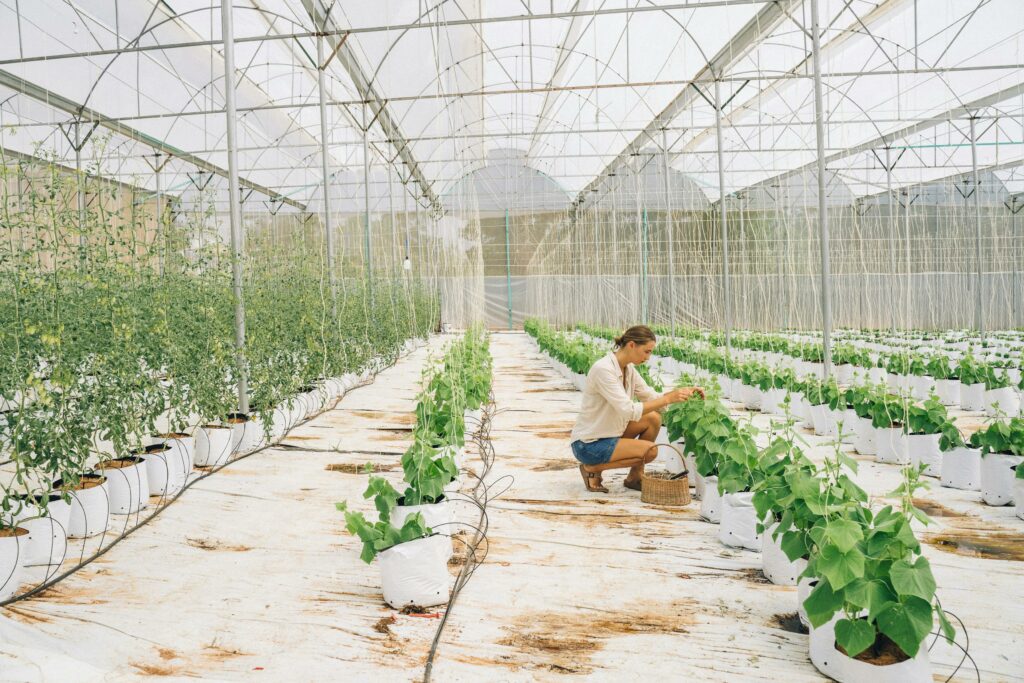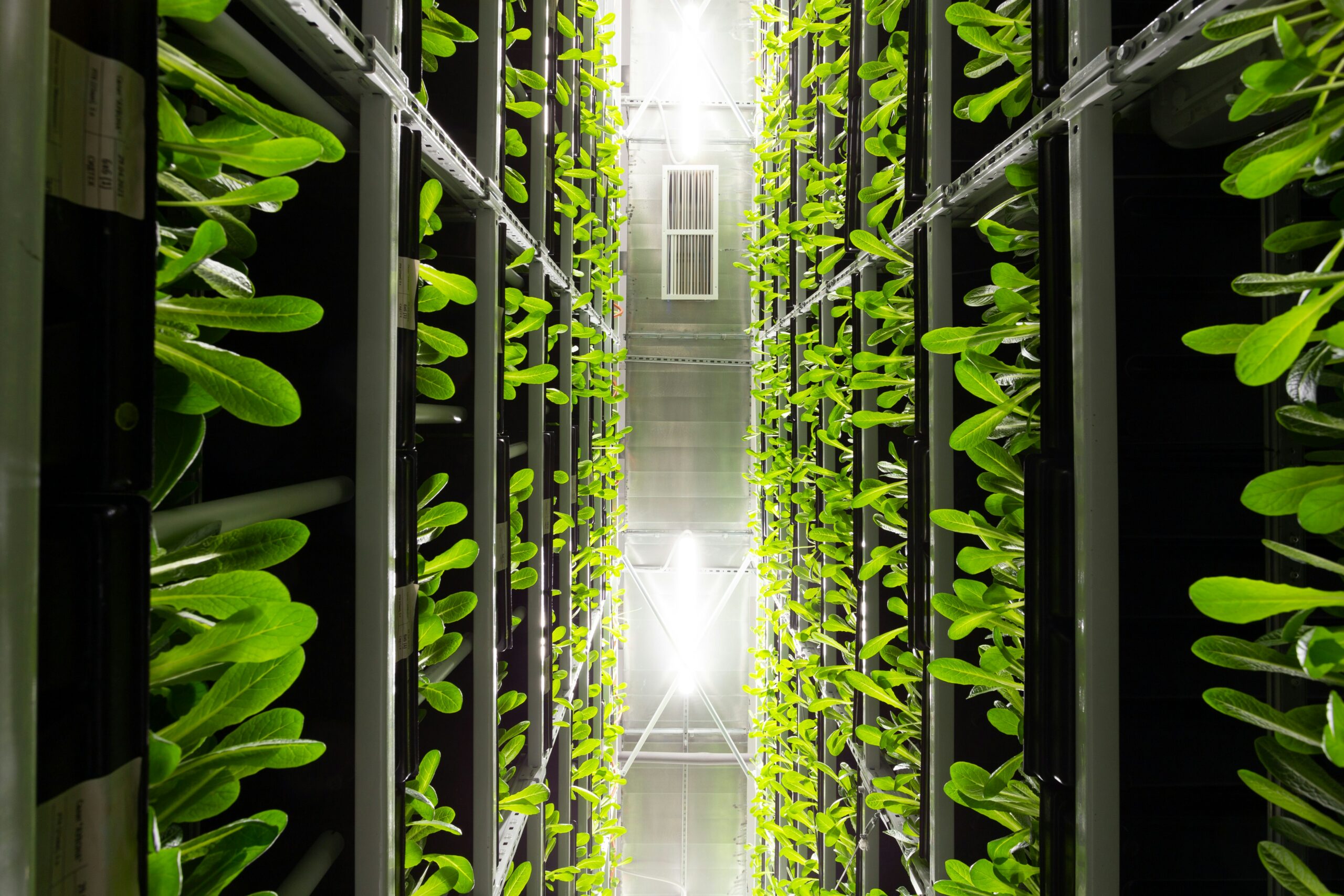Indoor farming continues to grow in popularity, driven by the need for sustainable food production and the challenges of climate change. Due to this, businesses are increasingly looking for environmentally conscious solutions to support these controlled growing environments. One of the most crucial components of any indoor farm is its ventilation system. Maintaining consistent air flow, temperature, and humidity levels can make the difference between a successful harvest and crop failure. In this context, indoor farm fabric ducting ventilation is emerging as a practical and eco-friendly choice.
Why Does Ventilation Matter in Indoor Farming?
Indoor farming environments require carefully controlled climates to support plant health and optimise yields. Air circulation prevents the build-up of excess humidity, minimises the risk of disease, and ensures even distribution of temperature and CO2 throughout the grow space. An effective ventilation system must not only deliver clean, conditioned air, but do so in a way that is energy-efficient and suited to the specific demands of plant cultivation.
Traditional ductwork can be heavy, rigid, and inefficient in these settings, often leading to hotspots or uneven air distribution. In contrast, fabric ducting ventilation systems offer a flexible, lightweight alternative that enables more uniform air dispersion across the entire growing area.
Why Choose Fabric Ducting Ventilation in Agriculture?
Fabric ducting is particularly well suited for indoor farming applications due to its even air distribution capabilities. Unlike metal ductwork, which can release air in concentrated bursts, fabric ducts are designed to diffuse air gently and evenly through their surface or through strategically placed perforations. This ensures that every plant receives the same level of air circulation, avoiding microclimates within the farm.
Another key advantage is the low maintenance and easy cleaning of fabric duct systems. In a setting where hygiene is critical, the ability to remove, clean, and reinstall ducts without the need for specialist tools or services is a major benefit.
Additionally, the lightweight nature of fabric ducting reduces the overall structural load on greenhouses or vertical farming installations. It also simplifies installation and future reconfiguration, which is valuable in fast-paced agricultural operations.
Are Fabric Ducts Environmentally Friendly?

A growing number of companies are choosing recycled fabric ducts for their environmental and operational benefits. These ducts are manufactured from post-consumer recycled plastics, such as PET bottles, reducing the demand for virgin materials and helping to repurpose waste that would otherwise go to landfill.
Using recycled fabric ducting contributes towards a farm’s overall sustainability goals, as well as supporting a circular economy. These ducts offer the same level of performance, durability, and hygiene as standard materials, without compromising on quality.
Moreover, indoor farm fabric ducting ventilation systems made from recycled materials can be a valuable component in meeting sustainability certifications or requirements for eco-conscious food labelling.
Are Fabric Ducts Energy Efficient?
Ventilation systems are one of the primary consumers of energy in an indoor farming operation. Choosing systems that work more efficiently is essential for reducing operational costs and environmental impact.
Fabric ducting allows for custom air flow design, ensuring the system performs optimally with minimal energy wastage. By avoiding over-conditioning of air or inefficient air mixing, farms can achieve significant energy savings. Additionally, the durability of recycled fabric ducts means less frequent replacement, which also contributes to long-term environmental benefits.
How Does Fabric Ventilation Support Plant Health and Productivity?
Uniform air delivery is critical to plant health. Poor ventilation can lead to condensation on leaves, which in turn promotes mould and fungal diseases. Properly designed indoor farm fabric ducting ventilation systems ensure that conditioned air is delivered evenly, preventing these risks and supporting consistent crop growth.
Recycled fabric ducts are just as effective in supporting these outcomes, making them a smart choice for farms that want to align high performance with sustainability.
A Greener Future for Indoor Agriculture
As the agricultural sector adapts to increasing pressure to reduce emissions, minimise waste, and produce food more responsibly, every aspect of indoor farming operations must be reconsidered through a sustainable lens. Ventilation, often overlooked in the broader sustainability conversation, plays a foundational role in maintaining plant health and energy efficiency.
Indoor farm fabric ducting ventilation systems made from recycled fabric ducts represent a compelling intersection of performance and environmental responsibility. By adopting these systems, indoor farms not only enhance their operational efficiency but also demonstrate their commitment to sustainability.
For businesses investing in indoor agriculture, embracing eco-friendly ventilation solutions is more than a practical choice, it’s a step toward future-proofing operations in an increasingly resource-conscious world.

